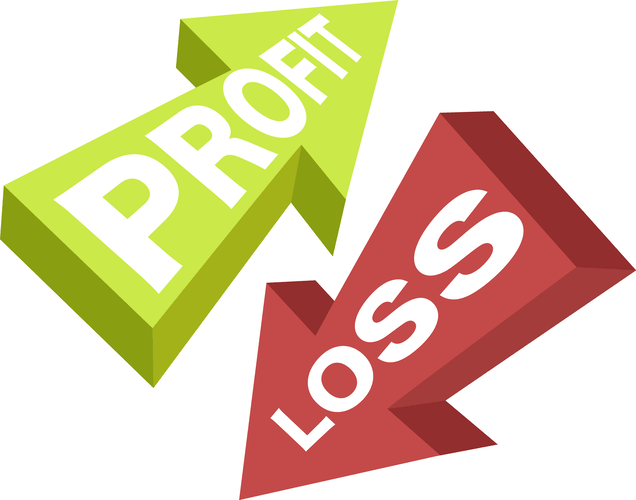
Incremental costs are also referred to as the differential costs and they may be the relevant costs for certain short run decisions involving two alternatives. However, the $50 of allocated fixed overhead costs are a sunk cost and are already spent. The company has excess capacity and should only consider the relevant costs. Therefore, the cost to produce the special order is $200 per item ($125 + $50 + $25). In addition to incremental and average costs, many economists today also like to consider the concept of the „actual“ cost.
Decision-Making Using Incremental Analysis
Or, the incremental cost of shutting down a production line includes the costs to lay off employees, sell unnecessary equipment, and convert the facility to some other use. As a third example, the sale of a subsidiary includes the legal costs of the sale. An incremental cost is the difference in total costs as the result of https://www.bookstime.com/ a change in some activity.

Understanding Incremental Costs
Because the sunk costs are present regardless of any opportunity or related decision, they are not included in incremental analysis. In the above formula, the total cost of increased production refers to the previous volume and the new units added to it. However, none of it will include the fixed costs since they will not change due to volume fluctuation. Thus, we see that factors taken into consideration in this concept are those that change with production volume. The fixed costs are not considered over here because they remain the same.

The Difference Between Cost vs. Price
They need to compare the additional costs (such as machinery purchase, maintenance, and labor) against the incremental benefits (increased production, sales, and revenue). By analyzing the net impact, they can make an informed decision on whether the expansion is financially viable. Since incremental costs are the costs of manufacturing one more unit, the costs would not be incurred if production didn’t increase. Incremental costs are usually lower than a unit average incremental cost cost to produce incremental costs.
- Incremental cost analysis is often used to analyze business segments to determine their profitability.
- The new product only added some extra cost to define ‘X’ as the primary user and ‘Y’ as the incremental user.
- For instance, a company merger might reduce overall costs of because only one group of management is required to run the company.
- The term incremental cost refers to the cost that the business incurs for producing an extra unit.
- Sensitivity analysis and assumptions play a crucial role in the process of calculating and comparing the incremental costs and benefits of different options.
- Therefore, for these 2,000 additional units, the incremental manufacturing cost per unit of product will be an average of $20 ($40,000 divided by 2,000 units).
Therefore, for these 2,000 additional units, the incremental manufacturing cost per unit of product will be an average of $20 ($40,000 divided by 2,000 units). The reason for the relatively small incremental cost per unit is due to the cost behavior of certain costs. For example, when the 2,000 additional units are manufactured most fixed costs will not change in total although a few fixed costs could increase. Understanding the additional costs of increasing the production of a good is helpful when determining the retail price of the product.
- An incremental cost is the difference in total costs as the result of a change in some activity.
- As a simple figure, the incremental cost of a widget would be the wages for the employee for an hour plus the cost of the materials needed to produce a widget.
- In each of these scenarios, incremental costing provides a structured approach to decision-making.
- Also, fixed costs can be difficult to attribute to any one business segment.
- Incremental cost, also referred to as marginal cost, is the total change a company experiences within its balance sheet or income statement due to the production and sale of an additional unit of product.
- Every effort must be made to make correct cost estimates so that the choice of an opportunity that a business ultimately makes doesn’t affect the company negatively.
The fixed costs don’t usually change when incremental costs are added, meaning the cost of the equipment doesn’t fluctuate with production volumes. In other words, incremental costs are solely dependent on production volume. Conversely, fixed costs, such as rent and overhead, are omitted from incremental cost analysis because these costs typically don’t change with production volumes. Also, fixed costs can be difficult to attribute to any one business segment. The management is considering expanding its production capacity by investing in new machinery.

Producing the products, however, might bring incremental costs because of the downsizing. The management must look at the additional cost of producing the products under one roof. This could mean more deliveries from vendors or even more training costs for employees. Incremental costs are relevant in making short-term decisions or choosing between two alternatives, such as whether to accept a special order. If a reduced price is established for a special order, then it’s critical that the revenue received from the special order at least covers the incremental costs.
Sensitivity analysis and assumptions play a crucial role in the process of calculating and comparing the incremental costs and benefits of different options. In this section, we will delve into the various aspects of sensitivity analysis and the importance of making reasonable assumptions. Incremental costs (or marginal costs) help determine the profit maximization point for an organization. If a business is earning more incremental revenue (or marginal revenue) per product than the incremental cost of manufacturing or buying that product, the business earns a profit.
Related Terms
When faced with complex business decisions, managers often find themselves at a crossroads. These questions require careful consideration, and one powerful tool that can guide decision-making is incremental analysis. Also called marginal analysis, the relevant cost approach, or differential analysis, incremental analysis disregards any sunk cost (past cost). To increase the sales to gain more market share, the company can leverage the lower cost per unit of the product to lower the price from contribution margin ₹ 25 and sell more units at a lower price. As a result, the total incremental cost to produce the additional 2,000 units is $30,000 or ($330,000 – $300,000). A very simple example would be a factory making widgets where it takes one employee an hour to make a widget.
